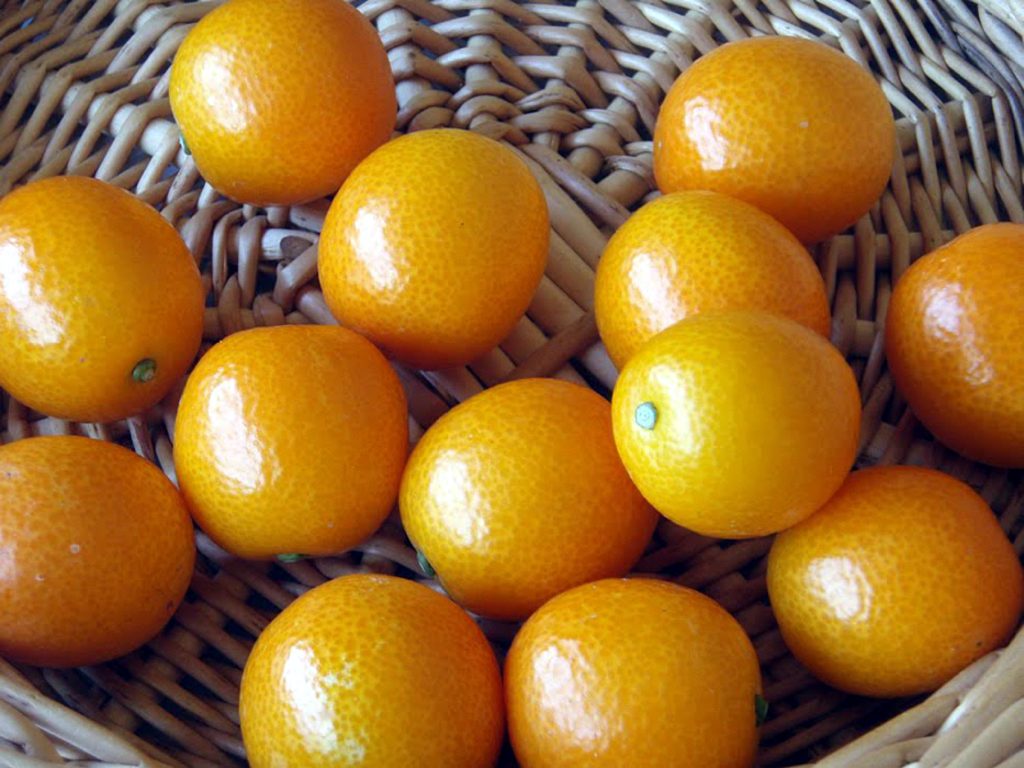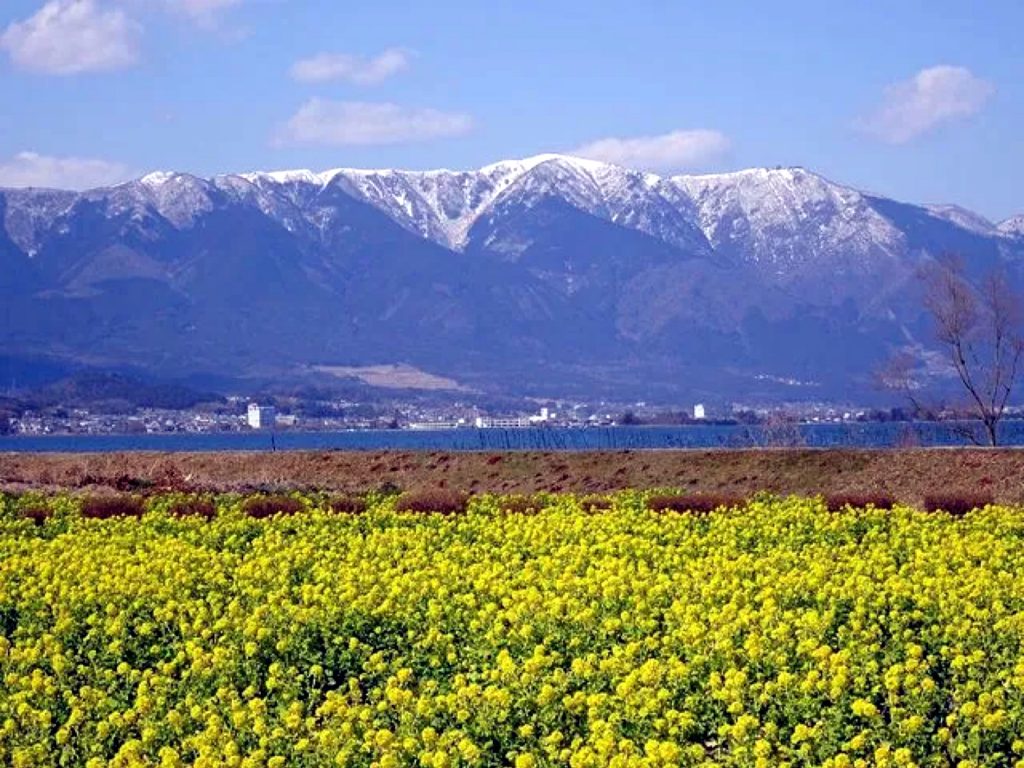
In the hilly terrain of Jōyō City, located south of Kyoto City and midway to Nara City, lies the largest Aodani Ume Grove in Kyoto Prefecture. Covering an area of approximately 20 hectares, the grove boasts around 10,000 plum trees of five varieties, including the locally grown Jōshūhaku and Shirokaga. Although currently only 50% in bloom, from late February to mid-March, it transforms into a breathtaking spectacle with full blossoms, blanketing the entire area in a sea of white, resembling the spread of a large white cloth. The air is filled with the sweet fragrance of plums.
While the exact origin of Aodani Ume Grove is unclear, it has long been renowned as one of Japan’s leading plum orchards. A waka poem composed by Prince Munenaga, a son of Emperor Go-Daigo, who once resided in this area, remains as a testament to its historical significance, suggesting that it was cherished by people as early as the Kamakura period. Umeboshi (pickled plums) made from Jōshūhaku are particularly popular for their large size, soft flesh, and a peach-like aroma. Additionally, the enticing fragrance is utilized to produce plum syrup and plum wine, which are also available for purchase.
京都市の南部、奈良市との中間に位置する城陽市の丘陵地に、京都府内最大の青谷梅林があります。約20haの面積に青谷梅林特産の城州白をはじめ、白加賀など5品種約1万本の梅が植えられています。今はまだ5分咲きですが、2月下旬から3月中旬にかけて満開になり、大きな白布を広げたように白一色となって、あたり一帯が梅の香りに包まれます。
この青谷梅林がいつごろからあるのか、その起源は定かではありませんが、古くから、日本でも有数の梅どころとして知られていました。後醍醐天皇の皇子である宗良(むねなが)親王がこの地で詠んだ和歌が残っていますから、鎌倉時代にはすでに人々に愛されていたことを物語っています。城州白で作った梅干しは大粒で果肉が柔らかく、まるで桃のような香りがすると評判です。またその香りを生かして梅シロップや梅酒も売り出されています。






